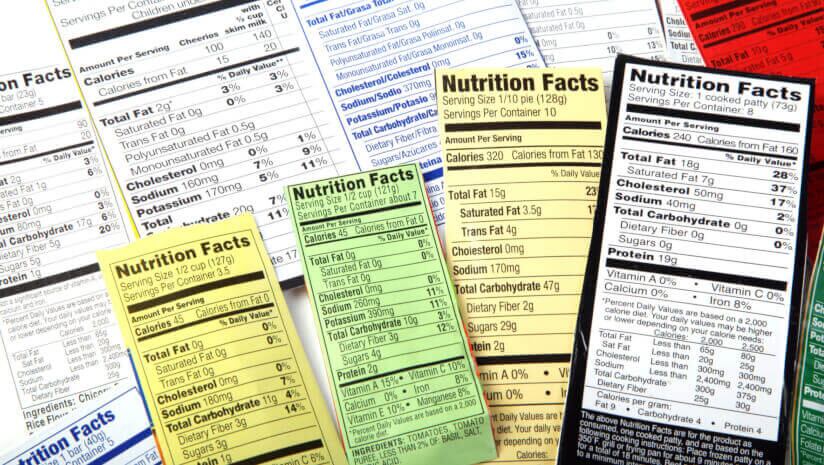Under the leadership of Jim Jones who serves as the deputy commissioner of the Human Foods Program, the reorganization will impact more than 8,000 employees and unite 12 offices under one umbrella for human food-related issues.
This reorganization includes a new name and operating structure for what was formerly the Office of Regulatory Affairs to the Office of Inspections and Investigations (OII), which will support the Human Foods Program and all other FDA regulatory programs and centers. OII will focus on inspections, investigations and imports and will extend beyond food. Led by Michael Rogers, associate commissioner for Inspections and Investigations, the department will also impact how the FDA oversees all FDA-regulated products.
“We have created an enterprise-wide structure that will enhance collaboration between our field investigators and other subject matter experts throughout the agency and modernize and strengthen the entire agency to work more cohesively and collaboratively in accomplishing our collective public health mission,” Jones, Rogers and FDA Commissioner Robert Califf wrote in a joint statement last week.
Pilot programs will strengthen consumer complaint experience, chemical safety
Jones previously described the unified Human Foods Program as a “transparent and collaborative approach,” intended to strengthen the food system across the supply chain.
To better detect and address developing health risks, FDA will pilot an online consumer complaint form to improve user experience, which FDA expects will improve internal responses quickly and effectively.
The program also will pilot digital technologies like AI to pinpoint microbiological risks for imported food and social media to communicate outbreak detection for swifter intervention.
“Innovation is key to staying ahead of potential threats. … AI is a powerful tool that allows us to target our resources more effectively, ensuring we are inspecting the imports that pose the highest risk,” Jones said, as reported previously by FoodNavigator-USA.
Chemical safety also will be a priority area and FDA will explore a more robust post-market review process for chemicals in food along with new risk assessment methods to monitor and evaluate potential risks.
HFP will emphasize healthier dietary choices for consumers
FDA will promote more nutritious food options for consumers, including setting voluntary sodium reduction goals for food manufacturers, redefining “healthy” to better reflect updated nutritional science and proposing the inclusion of key nutrients on clear front-of-pack labeling, Jones said.
Human Foods Program’s launch arrives at an auspicious time as the Dietary Guidelines Advisory Committee will convene in its final meeting at the end of this month for the 2025 Dietary Guidelines for Americans.
In its sixth meeting last month, the committee shared eliminating animal-based and carbohydrate-rich foods could reduce key nutrient intake across all age groups and showed Americans one year and up are consuming fewer fruits, vegetables, dairy and whole grains per guideline recommendations, although food intake varies across different ethnic groups and socioeconomic factors.




